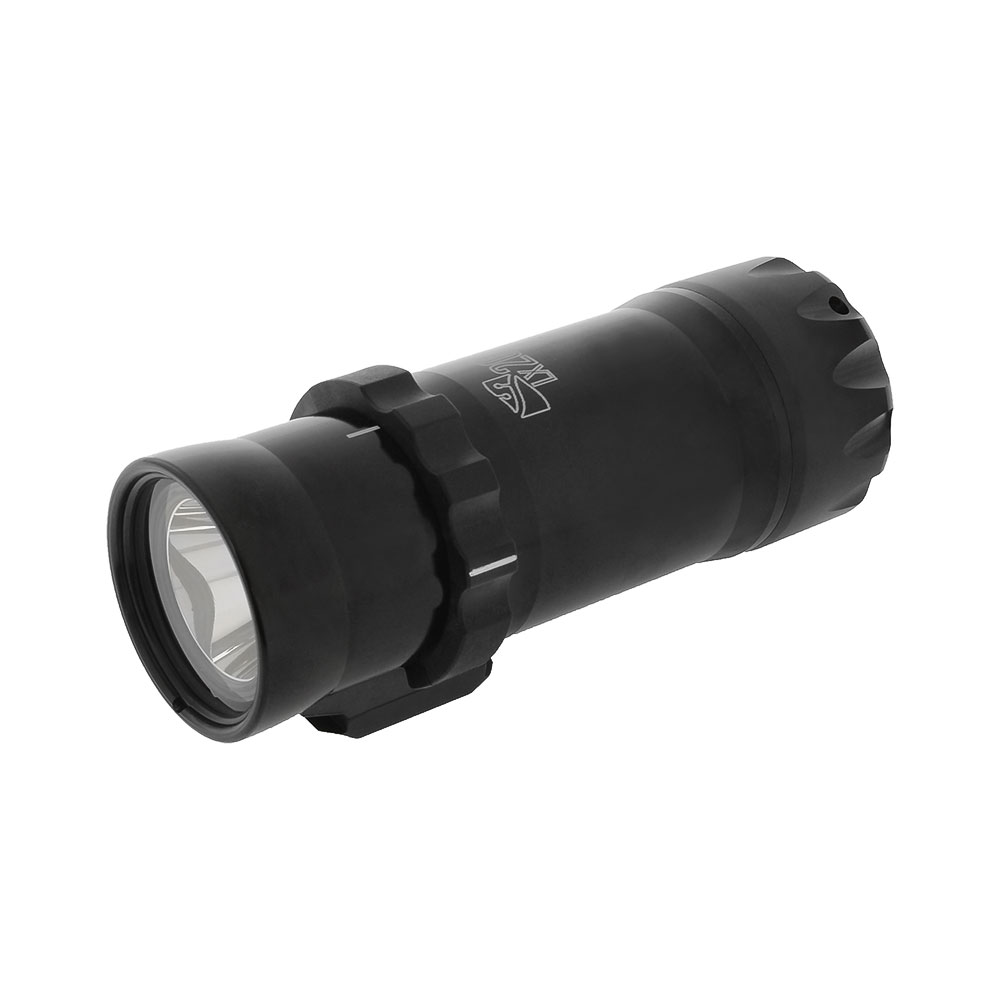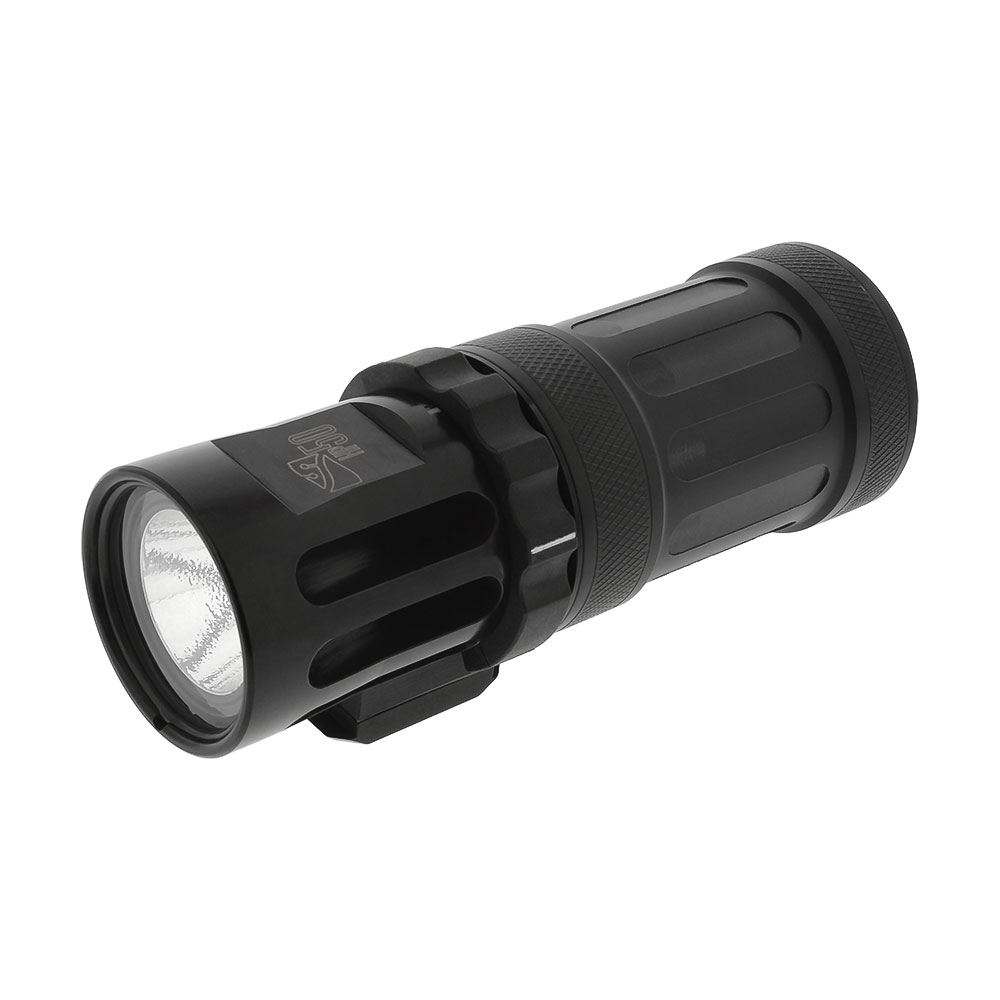Underwater Tourist
Contributor
I might be getting an HID can light (second hand), but still have a couple of questions about them, so hoping for some help:
1) Is it difficult to get an HID in SM config (cord length and lid)? As I understand they were mainly manufactured with the cord coming vertically from the lid, so I would have to find an HID with an EO connector and then buy the battery separately?
2) When looking around at something like LM 15-35W HID, I see two types of pictures a) with a nice cylindrical body b) with a body that has a chunky rectangular part at the back (see pics). So which one is it? Are they different models (newer vs older) or just incorrect pics on sellers websites?


3) I read that sometimes you can see tiny flickering in the light (because of the wire in the lightbulb). Is it something that gets super noticeable? Is it frequent?
4) LM sells extra bulbs at 275$, but does anyone know if they are reselling some generic light bulbs that I might be able to get somewhere else for much cheaper (like a car parts store) or is it a unique diving-specific bulb?
5) Besides requiring more care when handled, not having different power setting options, are there any other quirks worth noting?
_______
P.S. If anyone has an extra 35W HID light they might be willing to part with in April/May, let me know also
1) Is it difficult to get an HID in SM config (cord length and lid)? As I understand they were mainly manufactured with the cord coming vertically from the lid, so I would have to find an HID with an EO connector and then buy the battery separately?
2) When looking around at something like LM 15-35W HID, I see two types of pictures a) with a nice cylindrical body b) with a body that has a chunky rectangular part at the back (see pics). So which one is it? Are they different models (newer vs older) or just incorrect pics on sellers websites?
3) I read that sometimes you can see tiny flickering in the light (because of the wire in the lightbulb). Is it something that gets super noticeable? Is it frequent?
4) LM sells extra bulbs at 275$, but does anyone know if they are reselling some generic light bulbs that I might be able to get somewhere else for much cheaper (like a car parts store) or is it a unique diving-specific bulb?
5) Besides requiring more care when handled, not having different power setting options, are there any other quirks worth noting?
_______
P.S. If anyone has an extra 35W HID light they might be willing to part with in April/May, let me know also







